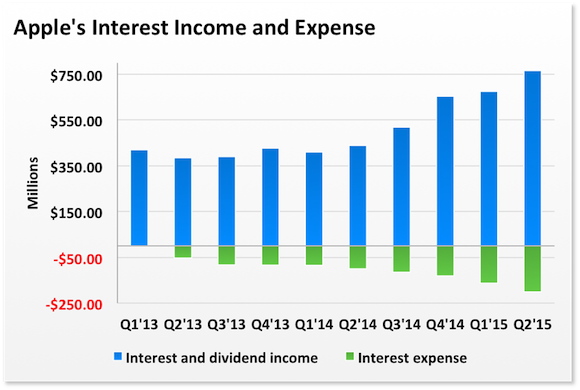Royal Gold, Inc ($RGLD) Cautious Buy or Hold to $52 Confident Investor Rating: Fair

| Company name | Royal Gold, Inc USA) |
| Stock ticker | RGLD |
| Live stock price | [stckqut]RGLD[/stckqut] |
| P/E compared to competitors | Good |
MANAGEMENT EXECUTION
| Employee productivity | Good |
| Sales growth | Good |
| EPS growth | Poor |
| P/E growth | Fair |
| EBIT growth | Fair |
ANALYSIS
| Confident Investor Rating | Fair |
| Target stock price (TWCA growth scenario) | $35.85 |
| Target stock price (averages with growth) | $41.59 |
| Target stock price (averages with no growth) | $27.14 |
| Target stock price (manual assumptions) | $56.92 |
The following company description is from Google Finance: http://www.google.com/finance?q=rgld
Royal Gold, Inc., together with its subsidiaries, is engaged in the business of acquiring and managing precious metals royalties, metal streams, and similar interests. The Company seeks to acquire existing royalty interests or to finance projects that are in production or in the development stage in exchange for royalty interests. The Company engages in a continual review of opportunities to acquire existing royalty interests, to create new royalty interests through the financing of mine development or exploration, or to acquire companies that hold royalty interests. The Company manages its business under a single operating segment, consisting of the acquisition and management of royalty interests. The Company’s revenue and long-lived assets are geographically distributed in Canada, Chile, Mexico, the United States, Australia, Africa and Other.
Confident Investor comments: At this time, I think that a Confident Investor can cautiously invest in Royal Gold, Inc USA as long as the price is correct. Most of the fundamentals of this company are good but there are some concerns.
If you would like to understand how to evaluate companies like I do on this site, please read my book, The Confident Investor. You can review the best companies that I have found (and I probably invest my own money in most of these companies) in my Watch List.
How was this analysis of Royal Gold, Inc USA) calculated?
For owners of my book, “The Confident Investor” I offer the following analysis (you must be logged in to this site as a book owner in order to see the following analysis). If you have registered and cannot see the balance of this article, make sure you are logged in and refresh your browser.
[s2If current_user_can(access_s2member_level1)]
In order to assist you in using the techniques of this book, the values that I used when calculating the Manual pricing above were:
- Stock price at the time of the calculation: $54.47
- Growth: 0.11
- Current EPS (TTM): $0.8
- P/E: 68
- Future EPS Calc: $1.34
- Future Stock Price Calc: $91.66
- Target stock price: $56.91
[/s2If]
I hope that this makes you a Confident Investor.



